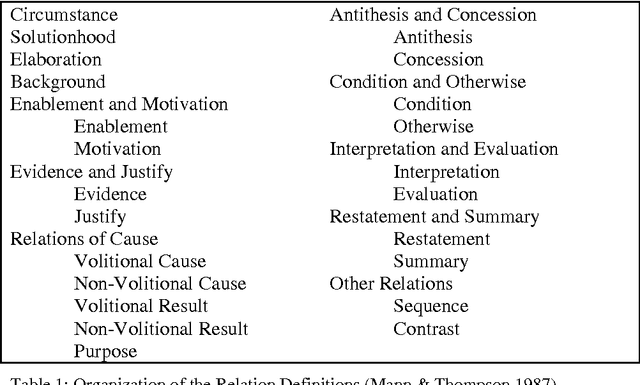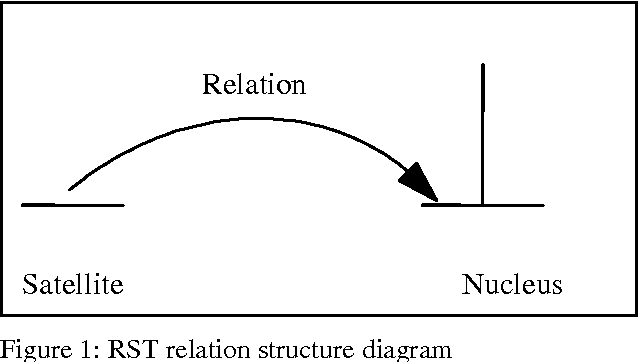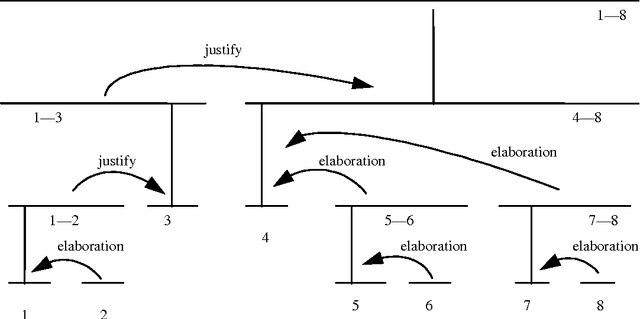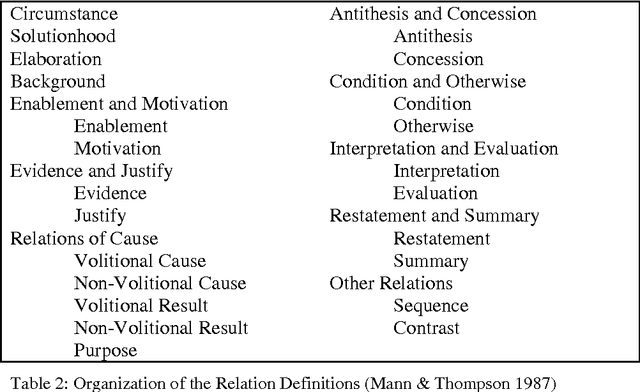Aspassia Daskalopulu
Modelling Legal Contracts as Processes
Jun 07, 2001
Abstract:This paper concentrates on the representation of the legal relations that obtain between parties once they have entered a contractual agreement and their evolution as the agreement progresses through time. Contracts are regarded as process and they are analysed in terms of the obligations that are active at various points during their life span. An informal notation is introduced that summarizes conveniently the states of an agreement as it evolves over time. Such a representation enables us to determine what the status of an agreement is, given an event or a sequence of events that concern the performance of actions by the agents involved. This is useful both in the context of contract drafting (where parties might wish to preview how their agreement might evolve) and in the context of contract performance monitoring (where parties might with to establish what their legal positions are once their agreement is in force). The discussion is based on an example that illustrates some typical patterns of contractual obligations.
Modelling Contractual Arguments
Jun 07, 2001



Abstract:One influential approach to assessing the "goodness" of arguments is offered by the Pragma-Dialectical school (p-d) (Eemeren & Grootendorst 1992). This can be compared with Rhetorical Structure Theory (RST) (Mann & Thompson 1988), an approach that originates in discourse analysis. In p-d terms an argument is good if it avoids committing a fallacy, whereas in RST terms an argument is good if it is coherent. RST has been criticised (Snoeck Henkemans 1997) for providing only a partially functional account of argument, and similar criticisms have been raised in the Natural Language Generation (NLG) community-particularly by Moore & Pollack (1992)- with regards to its account of intentionality in text in general. Mann and Thompson themselves note that although RST can be successfully applied to a wide range of texts from diverse domains, it fails to characterise some types of text, most notably legal contracts. There is ongoing research in the Artificial Intelligence and Law community exploring the potential for providing electronic support to contract negotiators, focusing on long-term, complex engineering agreements (see for example Daskalopulu & Sergot 1997). This paper provides a brief introduction to RST and illustrates its shortcomings with respect to contractual text. An alternative approach for modelling argument structure is presented which not only caters for contractual text, but also overcomes the aforementioned limitations of RST.
A Constraint-Driven System for Contract Assembly
Jun 07, 2001Abstract:We present an approach for modelling the structure and coarse content of legal documents with a view to providing automated support for the drafting of contracts and contract database retrieval. The approach is designed to be applicable where contract drafting is based on model-form contracts or on existing examples of a similar type. The main features of the approach are: (1) the representation addresses the structure and the interrelationships between the constituent parts of contracts, but not the text of the document itself; (2) the representation of documents is separated from the mechanisms that manipulate it; and (3) the drafting process is subject to a collection of explicitly stated constraints that govern the structure of the documents. We describe the representation of document instances and of 'generic documents', which are data structures used to drive the creation of new document instances, and we show extracts from a sample session to illustrate the features of a prototype system implemented in MacProlog.
The Representation of Legal Contracts
Jun 07, 2001Abstract:The paper outlines ongoing research on logic-based tools for the analysis and representation of legal contracts of the kind frequently encountered in large-scale engineering projects and complex, long-term trading agreements. We consider both contract formation and contract performance, in each case identifying the representational issues and the prospects for providing automated support tools.
 Add to Chrome
Add to Chrome Add to Firefox
Add to Firefox Add to Edge
Add to Edge